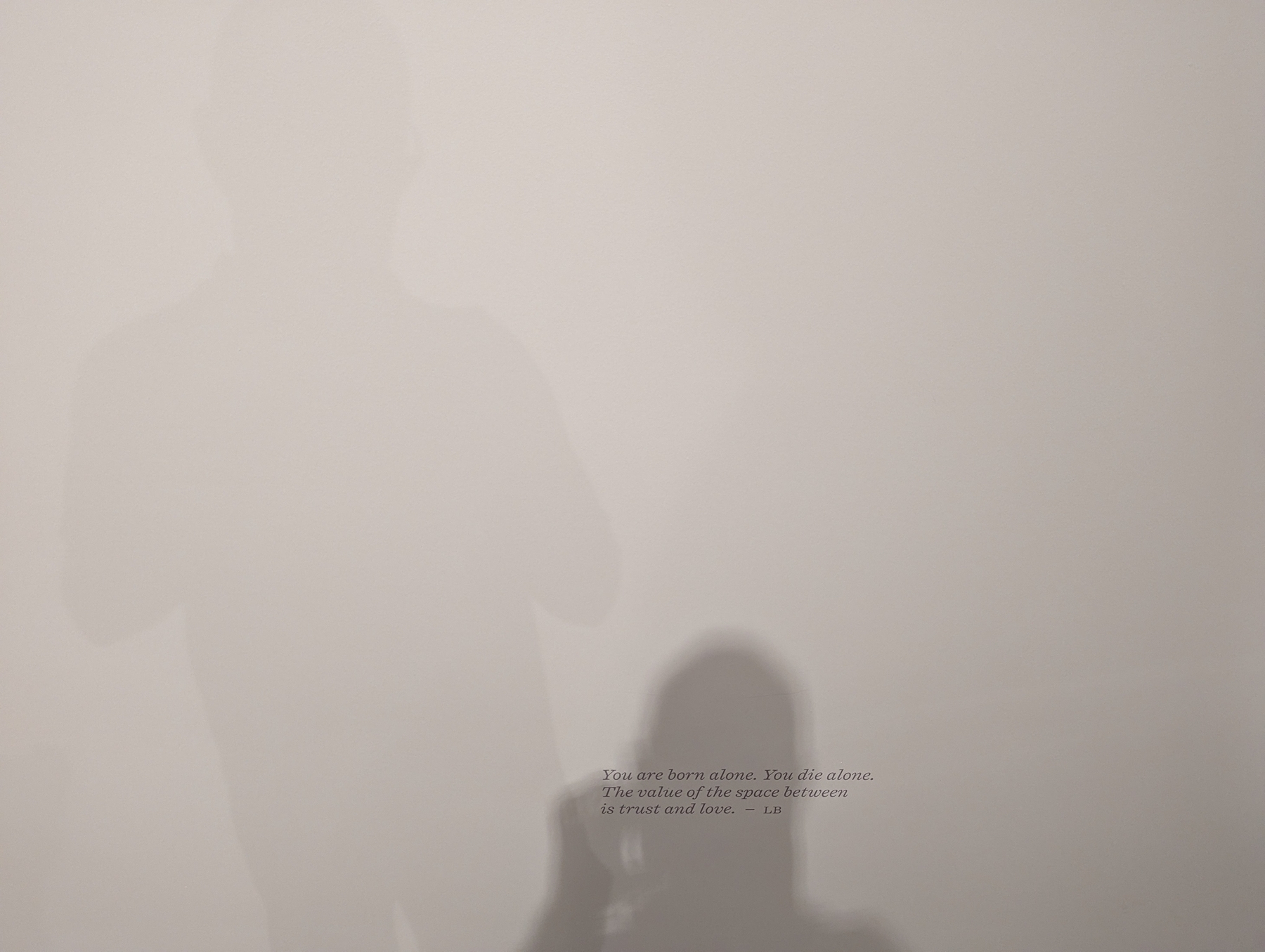📷Day 19: birthday
On my birthday this year I visited an exhibition of the artist Louise Bourgeois. She claimed we’re born alone, but it’s the opposite. We’re born quite literally connected to another person.

📷 Day 18: mood
The Blue Mountains, in one of their mysterious moods.

📷 Day 17: transcendence

📷 Day 16: flâneur

📷 Day 15: small

📷 Day 14: cactus. This is from ‘The Channel Series’, by Karl de Waal, as seen at the Art Gallery of NSW.


Finished reading: Orbital by Samantha Harvey 📚
This reads curiously well alongside To be Taught, if Fortunate. Both describe spaceflight in mundane but compelling detail. Harvey is the stronger writer, but Chambers has the stronger story. Both are writing, for want of a better term, space pastoral.
📷 Day 13: page.
Fantastic marginalia on this page of a manuscript at the State Library of Victoria.

📷 Day 12: magic

📷 Day 11: sky

📷 Day 10: train

📷 Day 9: crispy


Finished reading: To Be Taught, If Fortunate by Becky Chambers 📚My backlog of sci-fi reading is getting a little smaller.

Finished reading: A Psalm for the Wild-Built by Becky Chambers 📚I seem to be getting through the pile of sci-fi books that never shrinks but only grows.
📷 Day 8: prevention.

📷 Day 7: I’ve posted this photo before but it’s definitely my idea of wellbeing.

📷 day 6: windy

📷 Day 5: serene

Remembering 2 Tone records.1 (I once met Jerry Dammers’ dad. He was an extremely proud father).
-
HT Alan Ralph. ↩︎
📷 Micro.blog photo challenge April 2024. Day 4: foliage
#mbapr
